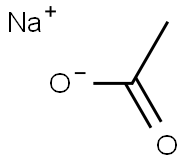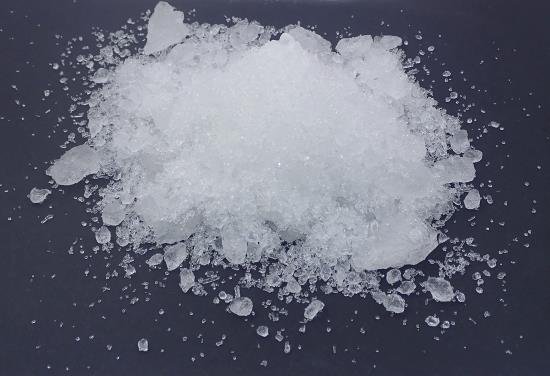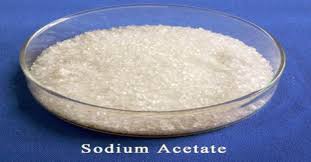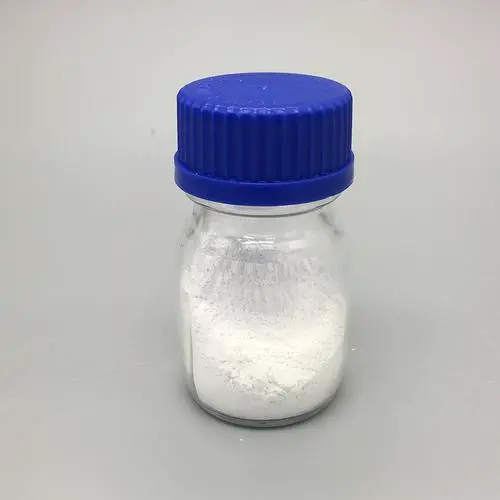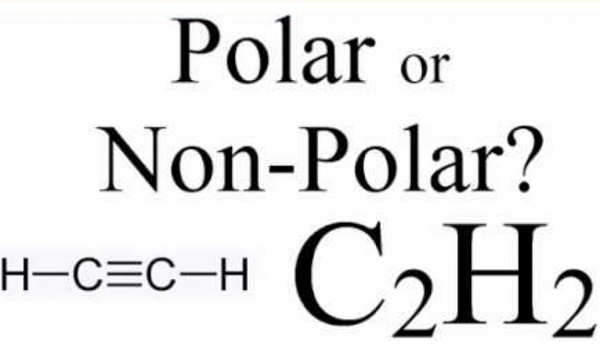Effect of short-term feeding of sodium acetate on milk fat yield in dairy cows
Supplementation with sodium acetate (NaAcet) increases milk fat production through an apparent stimulation of de novo lipogenesis in the mammary gland. Sodium acetate increases acetate supply to the mammary gland, but it also increases dietary cation-anion difference, which can also increase milk fat yield.
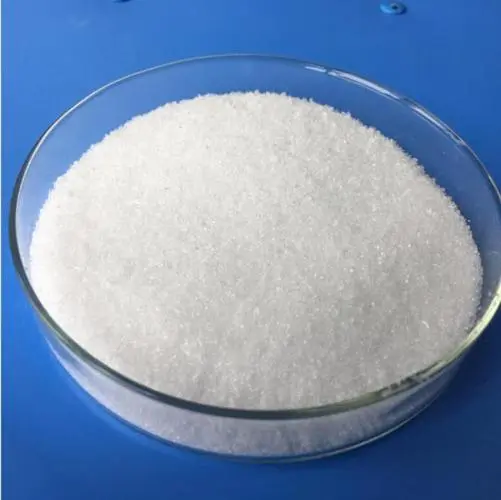
The objective of this study was to determine if the effect of NaAcet on milk fat production was due to an increase in acetate supply or an increase in dietary cation-anion difference. The study included 12 multiparous cows in a replicated 3 × 3 Latin square design balanced for carryover effects, with 14-d experimental periods. Treatments were a basal total mixed ration (31.8% neutral detergent fiber, 14.8% crude protein, 25.5% starch, and 4.4% fatty acids on a dry matter basis) as a no-supplement control, acetate supplemented at 3.25% of dry matter as NaAcet, and sodium bicarbonate (NaHCO3) providing an equal amount of sodium to the NaAcet treatment. The NaAcet and NaHCO3 were mixed into the basal diet before feeding. Milk samples were taken at each milking during the last 3 d of each period. Plasma samples were taken every 9 h during the last 3 d (a total of 8 times) to determine concentrations of plasma metabolites and hormones. Eating behavior was monitored during the last week of each period using an automated system.
The NaAcet and NaHCO3 treatments increased milk fat concentration and yield compared to the no-supplement control. The NaAcet treatment increased milk fat production predominantly by increasing the yield of de novo and mixed-source fatty acids. The NaHCO3 treatment increased the yield of preformed and de novo fatty acids, suggesting different mechanisms for the 2 treatments. The NaAcet treatment increased plasma acetate concentration in a period of the day concurrent with the highest dry matter intake. The NaAcet treatment increased milk fat production by stimulating the production of de novo fatty acids, a mechanism consistent with previous reports, possibly by increasing acetate supply to the mammary gland. The NaHCO3 treatment increased milk fat production by increasing the production of all biological categories of fatty acids, except for odd and branched-chain fatty acids, possibly by increasing overall diet digestibility.
References:
[1] C. MATAMOROS. Comparison of the effects of short-term feeding of sodium acetate and sodium bicarbonate on milk fat production[J]. Journal of Dairy Science, 2021, 104 7: Pages 7572-7582. DOI:10.3168/jds.2020-19526.<p
);You may like
Related articles And Qustion
See also
Lastest Price from Sodium acetate manufacturers
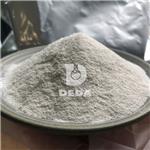
US $3.00-1.00/kg2024-04-26
- CAS:
- 127-09-3
- Min. Order:
- 1kg
- Purity:
- 99.5%
- Supply Ability:
- 20tons
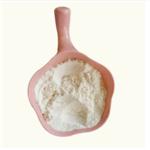
US $126.00/kg2024-04-26
- CAS:
- 127-09-3
- Min. Order:
- 100kg
- Purity:
- 99.99%
- Supply Ability:
- 100Tons
